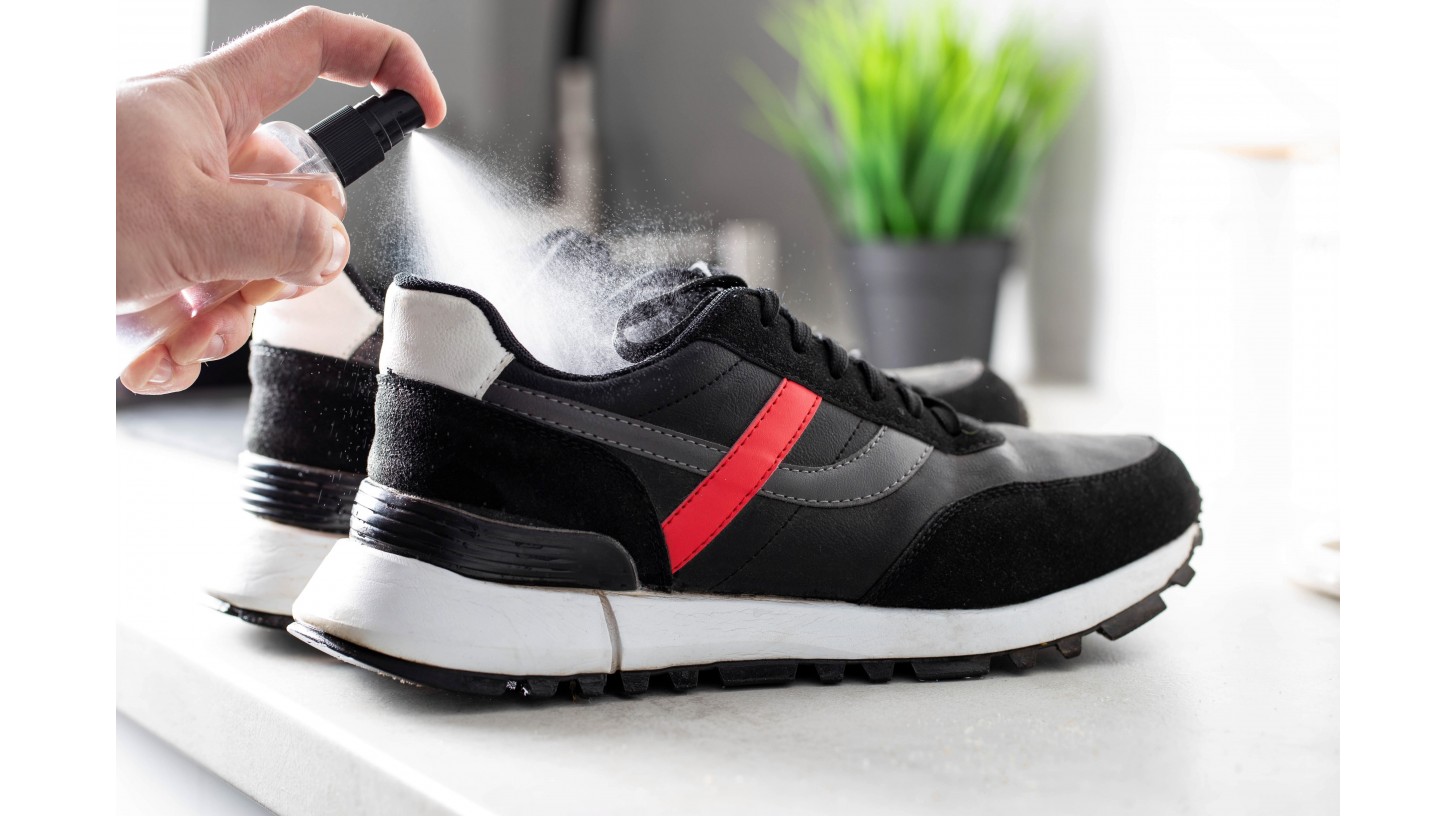Preventing Bad Odours in Your Shoes
Bad odours in shoes are a common daily annoyance. They often appear at the end of a workday or after sports activities and can make wearing an otherwise comfortable pair unpleasant. Even with good personal hygiene, this problem may persist, since it comes from a biological phenomenon: perspiration and bacterial growth. Understanding this cause is the first step, but adopting practical habits of prevention and care is what truly keeps shoes fresh and healthy in the long term.
Key Takeaway
- Bad odours come from sweat and bacteria in a warm, confined environment.
- Elimination relies on simple methods like baking soda, vinegar, essential oils, or airing.
- Prevention depends on daily habits: proper socks, shoe rotation, insole care, and ventilated storage.
- Material choice strongly influences odour tendency, with leather and canvas being more breathable than synthetics.
Why Do Shoes Develop Odours?
Our feet are naturally predisposed to sweating more than other parts of the body. With over 250,000 sweat glands, they produce a significant amount of perspiration, especially when enclosed in shoes for hours. Sweat itself is odourless. The bacteria present on the skin, by breaking down dead cells and certain nutrients, produce acids responsible for unpleasant smells.
Shoes made from less breathable materials amplify the phenomenon: they retain moisture and prevent air circulation, creating a warm, humid environment ideal for microbial growth. Habits such as wearing the same pair two days in a row or storing shoes without airing them also encourage odours to set in. It becomes a vicious cycle: the more shoes remain damp, the more bacteria thrive, and the harder it becomes to eliminate the smell.
Practical Solutions to Eliminate Bad Odours
Fighting odours doesn’t mean just masking them with perfume. It requires addressing the source by cleaning the inside of the shoe and eliminating conditions that favour bacteria.
Some of the most effective methods are natural, inexpensive, and easy to apply:
- Baking soda absorbs moisture and neutralizes the acidity that causes odour. A simple application overnight is enough to notice a difference the next day.
- White vinegar, thanks to its acidity, acts as a natural disinfectant. Lightly sprayed, it reduces bacteria while eliminating stubborn odours.
- Essential oils (lavender, tea tree, lemon) have antibacterial properties and pleasantly scent the inside of shoes. Combined with baking soda, their effect is even stronger.
- Tea bags or dry coffee grounds are simple and effective ways to absorb moisture while leaving a more neutral smell.
- Cold treatment, by placing shoes in a sealed bag and into the freezer, kills many bacteria, especially for canvas shoes.
Beyond these occasional solutions, daily airing should be considered essential. Leaving shoes in open air, removing insoles, and cleaning them regularly all contribute to a much healthier environment.
Preventing Odours with Good Habits
Prevention is the key to avoiding recurring odours. It starts with personal hygiene. Washing feet daily, drying carefully between toes, and wearing clean socks are basic but crucial steps. Socks made of natural fibres like cotton or wool regulate moisture better than synthetic fibres, which tend to increase maceration.
Rotating shoes is also recommended. A pair needs at least 24 hours to dry completely after use. Having two or three pairs to alternate prevents shoes from remaining constantly damp. Storage also plays a crucial role: leaving a pair in a plastic bag or closed closet right after wearing encourages condensation and stagnant moisture.
Finally, material choice at purchase can help limit risks. Leather and canvas, being more breathable, regulate heat and moisture better than compact synthetic materials.
Summary Table: Essential Practices to Reduce Odours
Adapting Care to Shoe Types
Not all shoes react the same way to odours. Sports sneakers need extra airing and frequent insole washing. Work boots, being thicker and worn for long hours, benefit from absorbent insoles and daily drying. Leather dress shoes require more delicate care: cleaning linings with a suitable lotion, using wooden shoe trees, and applying a mild disinfectant spray occasionally.
These differences highlight the importance of adapting your care routine not only to the shoe’s use, but also its material and construction.
Comparison of Materials and Odour Tendency
This comparison clearly shows that breathable materials, like canvas or leather, naturally limit odours, while synthetics require more vigilance.
Common Mistakes to Avoid
Many people make mistakes that worsen the problem. Drying shoes directly on a radiator stiffens leather and locks odours into the material. Using only masking sprays, without regular cleaning, just hides the problem temporarily. Finally, wearing closed shoes without socks almost always leads to odours, even with breathable materials.
When to Consult a Professional
If, despite all these precautions, odours persist and become very strong, they may be linked to a medical condition such as hyperhidrosis (excessive sweating) or a fungal infection. In this case, consulting a doctor or podiatrist is recommended. They can provide appropriate treatment and personalized advice.

